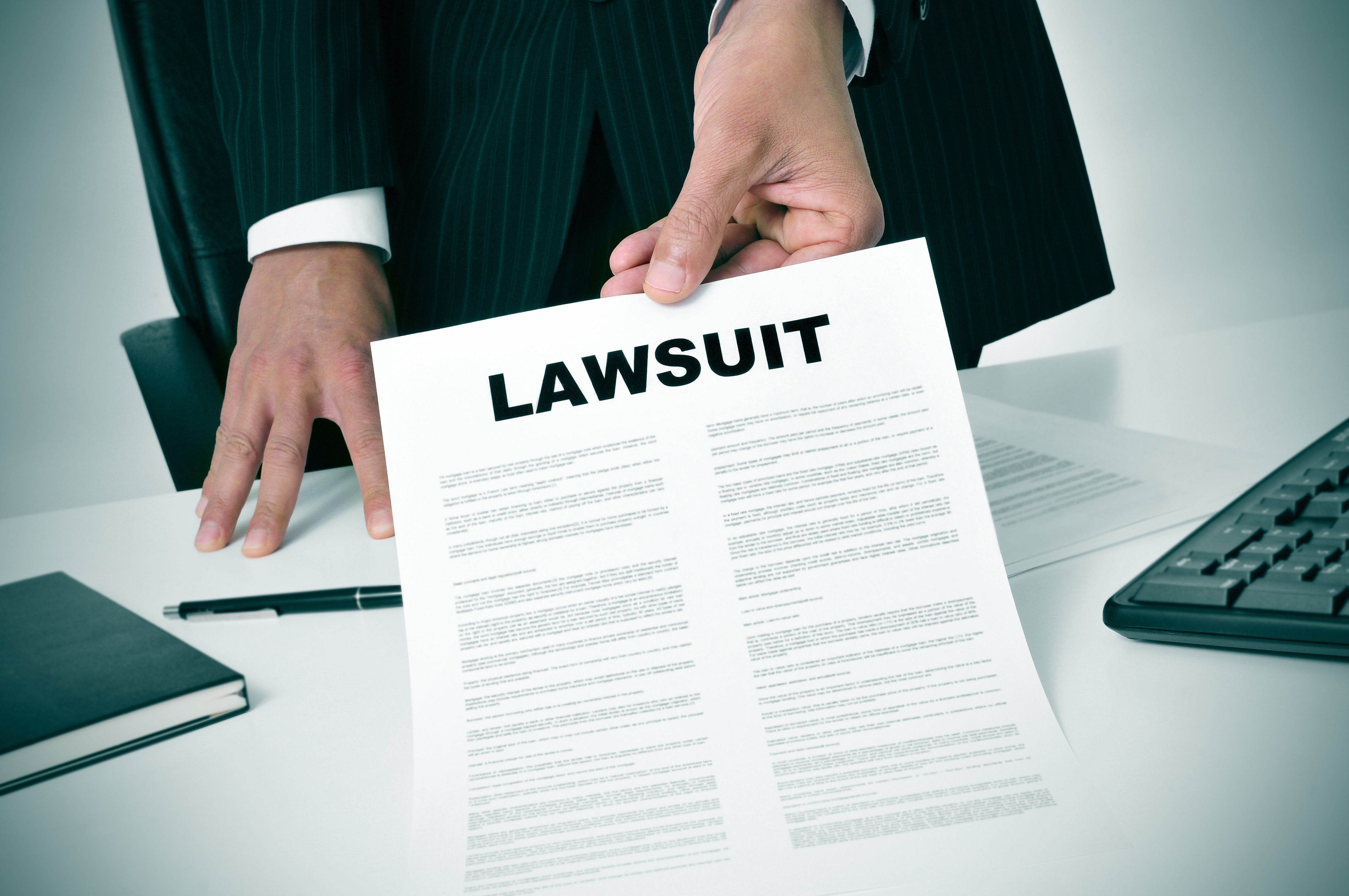Article
Top Challenges Number 6: Avoiding a lawsuit
Author(s):
Medical Economics counts down the top challenges facing physicians in 2020.

It has never been such a challenging time to be a physician. Every physician, whether they own their own practice or are employed by a hospital or larger health system, must navigate a host of obstacles each and every day: Payment hassles, staffing issues, patient communication obstacles, technology burdens, long hours and burnout, and much more.
Each December, Medical Economics presents its list of the top challenges facing physicians going into the next year. This year we focused not only on the challenges, but also practical tips physicians can start using right away to make practicing easier.
Challenge 6: Avoiding a lawsuit
The threat of a medical malpractice lawsuit is one of the issues all physicians worry about.
And it’s not an overblown threat. Studies from the AMA and others have found that about half of all physicians will face a malpractice suit at some point in their career. But despite those odds, being sued is not inevitable.
In fact, malpractice experts say that there are practical ways physicians can work to prevent lawsuits. They boil down to building meaningful relationships with patients in which communication is open and honest-and documented clearly and comprehensively.
“It’s not enough just to be a brilliant diagnostician, you’ve got to be able to communicate your diagnosis to the patient and have that patient feel confident that you know what you’re doing,” says Fred Cummings, JD, a malpractice attorney with Dickinson Wright in Phoenix, Ariz.
Despite the time constraints involved in practicing medicine today, building trusting relationship is vital, says Darrell Ranum, JD, vice president of patient safety and risk management for The Doctors Company, a medical malpractice insurer. Ranum says that patients who trust and communicate well with their doctor are more likely to adhere to a medication regimen and obtain recommended follow-up tests and procedures.
The Doctors Company has done extensive research on malpractice claims, and their data showed that one of the key factors in 21 percent of malpractice claims is a lack of communication between the patient and their family and the physician, Ranum says. That includes both verbal and written communication.
A physician’s advice for avoiding a lawsuit
George G. Ellis, Jr, MD, an internist, has spent time reviewing medical malpractice cases as a consultant. Based on his experience as a practicing physicians and reviewing these cases, here’s five tips for avoiding a malpractice suit.
1. Document, document, document.
If it isn’t documented, it wasn’t done and there is no going back once that note is closed. So dot your I’s and cross your T’s before you move on to another note. Make sure your documentation is complete and accurate. Avoid cloning notes (i.e. “copy and paste”). It will get you into trouble every time.
2. Review medications.
Do this even if your nurse or medical assistant reviews them. I find more mistakes in the medication section than anywhere else in the medical record. Especially review medications for drug interactions.
3. Follow up on tests.
I set alarms for test orders. If after a week I don’t see that the test is done, I start to make phone calls looking for test results or if the patient actually had the test done.
4. Be humble and compassionate.
If you are wrong, apologize to the patient and be sure it is clear what you are apologizing for.
There is a big difference between being sorry out of sympathy for spotting something negative in a test and apologizing because you made an error.
5. Subtle symptoms warrant investigation.
Investigate, investigate and investigate some more. If a patient has a persistent symptom, check all the possible causes and don’t give up. Not only will this prevent litigation, it’s what patients expect of us.





